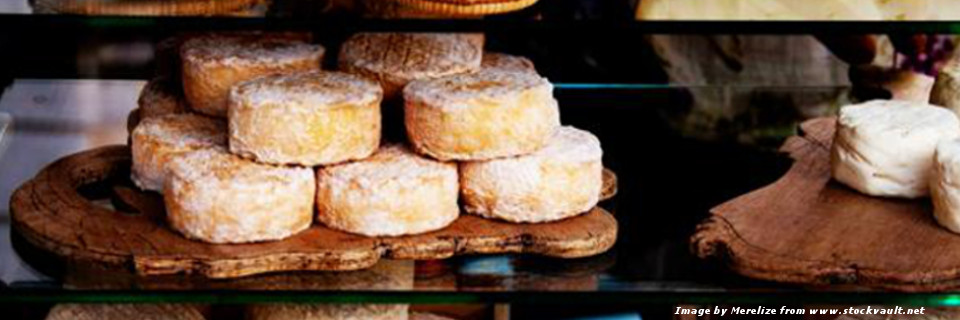Search
Behaviour of Listeria monocytogenes and Escherichia coli O157:H7 during the cheese making of traditional raw-milk cheeses from Italian Alps

26/01/2017
Elena Cosciani-Cunico1, Elena Dalzini1, Stefania Ducoli1, Chiara Sfameni1,Barbara Bertasi 1,Marina-Nadia Losio2, Paolo Daminelli1, Giorgio Varisco1
1Department of Food Microbiology, Veterinary Public Health Institute of Lombardy and Emilia Romagna Brescia
2Veterinary Public Health Institute of Lombardy and Emilia Romagna, Brescia, Italy
Italian Journal of Food Safety 2015; volume 4:4585
© 2015, Page Press Publications. All rights reserved. The behaviour of Listeria monocytogenes and Escherichia coli O157:H7 was studied during the manufacture and ripening of two traditional Italian Alps cheeses. Each cheese type was manufactured in a pilot plan from raw cow milk (without the addition of starter cultures) artificially inoculated with L. monocytogenes and E. coli O157:H7 to a final concentration of about 4 log CFU/mL. The pathogens were enumerated throughout the cheese making and ripening processes to study their behaviour. When the milk was inoculated with 4 Log CFU/mL, the pathogens counts increased in the first time during the manufacturing process and then remained constant, until the end of ripening, or decreased significantly. Results indicate that the environment and nature of food borne pathogens affected the concentration of the bacteria during the manufacturing and ripening process. Thus, the presence of low cells numbers of L. monocytogenes and E. coli O157:H7 in milk destined for the production of raw milk cheeses characterized by a cooking of the curd less than 48°C can constitute a hazard for the consumer.

